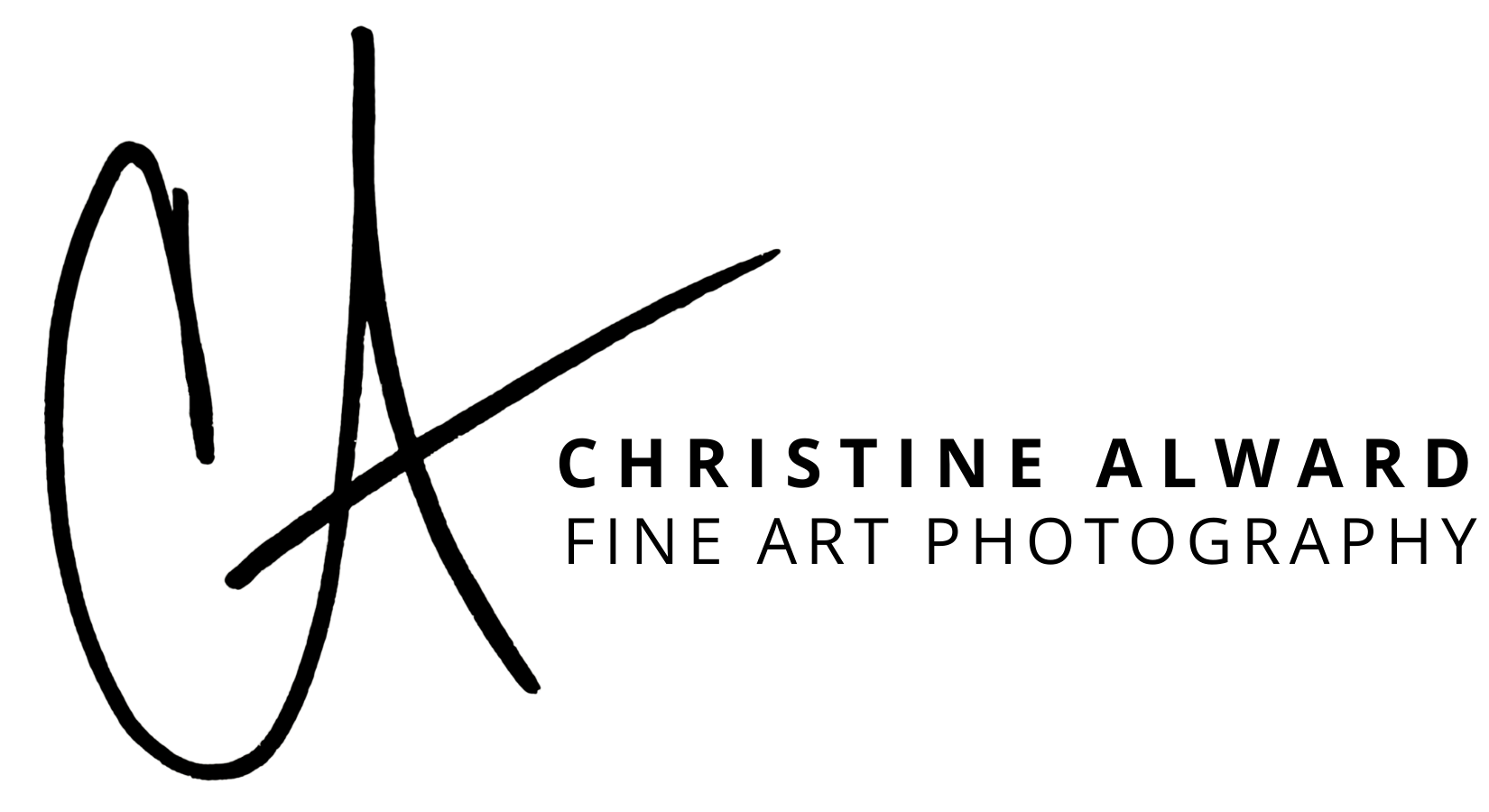The 8x12 is the New Black
A note from your friendly photographer: PLEASE, can we start to move away from the 8x10?!
Allow me to explain…
As I continue on my adventure and learn about being a business owner, I work hard to not only provide you with a great experience during your photo session, but I also want to make it convenient for you to get prints and other products. Over the last 10 years or so, as the industry navigated the switch to digital, photographers inadvertently did a disservice to their clients by providing them with only digital files.
This has created a sea of choices for clients without a clear process to purchase products that they will be proud to show off. I can't tell you how many times I have heard “I have all these digital pictures that I need to print out and do something with” And, to be honest, most people never do it. This topic deserves much more conversation, there is a lot of talk in the industry about the "the lost generation" the ones that are photographed the most, but have nothing to show for it. This is something that will be addressed in a future post, but for now… we are just going to have a quick lesson on aspect ratios and what it means to me (and should mean to you)
Aspect Ratio is simply the relationship between the width and the height of the image. This matters because the size of the censor in a digital camera or your iPhone or 35mm film camera or 4:5 large format film camera will affect what you see as a final result.
In my opinion, the 8x10 is a dated print size and does no justice to most images created in the digital world (or even the 35mm film world). Most digital cameras have a 3:2 ratio, so when when that image is enlarged, if you quadrupled the size, it's an 8x12, not an 8x10 (which comes from older 4:5 large format cameras)
When I look at my subject through the lens, I’m composing the image as I want it. To make an 8x10, 15% of my image is cropped out. Take for example the image I’ve used below to demonstrate different crop options. When compared to the 8x10 it is clear how much of the original image is lost. This was a fleeting moment. She was so excited to take me to the water and show me the geese. Standing over her, there was no way to change my vantage point, and if I had taken time to switch lenses, I would have lost the connection I had with her. Beyond that, when I looked though my camera I loved what I saw would’t have wanted to change it anyway.
Are you still with me? Ok, good, now for the visual aids :)
So please, I beg of you, when you are looking at your gallery and selecting what you want to order, use this as a guide. There are times when the 8x10 crop won’t hurt the image and I still offer it for those that prefer it. But open your mind to the 8x12 and let’s start a revolution!
A tip from the pro:
I realize that standard frame sizes at Aaron Brothers or Michael's are slowly catching up with this idea. There is a section dedicated to "digital sizes", but the options are less. So instead of settling for a basic frame or paying to have the image custom framed, just add a mat!
Example: For your 8x12 print you can easily purchase an 11x14 mat with an 8x12 window cut out. This will allow you to purchase from the wide assortment of ready made 11x14 frames!!
So to make your life as simple as possible...
Print sizes I LOVE
- 4x6
- 5x7
- 8x12
- 16x24
- 20x30
- 24x36
Print sizes I like much less
- 8x10
- 11x14
- 16x20
- 24x30
I really hope this helps you as you select your print sizes!
xoxo
~Chritine






